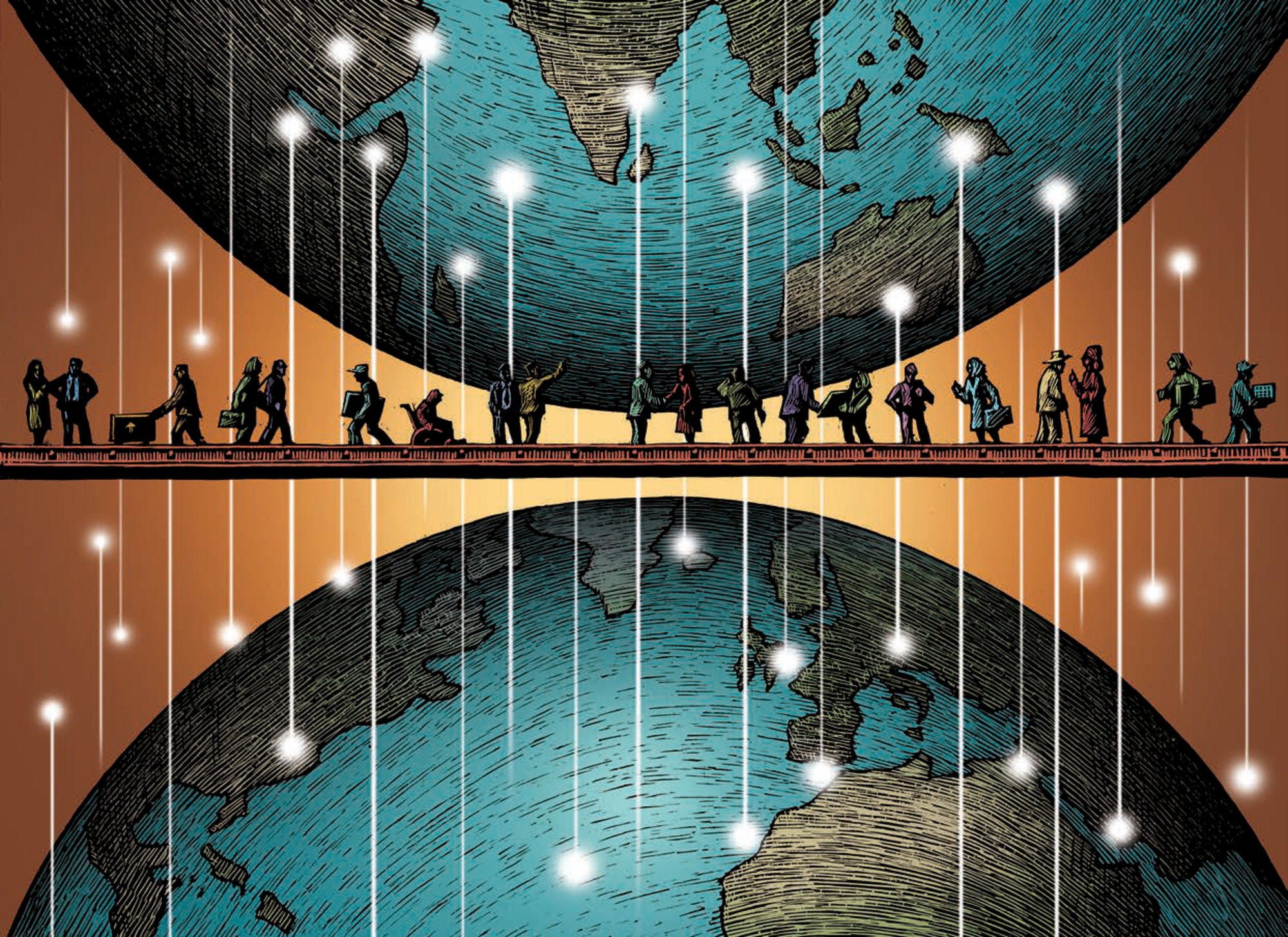In 2021, Norway received 39 000 new immigrants on a long-term or permanent basis (including changes of status), 16% more than in 2020. This figure comprises 50.5% immigrants benefitting from free mobility, 10.7% labour migrants, 26.4% family members (including accompanying family) and 12.4% humanitarian migrants. Around 3 400 permits were issued to tertiary-level international students and 4 700 to temporary and seasonal labour migrants.
Poland, Lithuania and Syria were the top three nationalities of newcomers in 2021. Among the top 15 countries of origin, Poland registered the strongest increase (+4 400) in flows to Norway compared to the previous year.
In 2022, the number of first asylum applicants increased by 190%, to reach around 4 700. The majority of applicants came from Syria (1 600), Ukraine (800, excluding temporary protection recipients) and Afghanistan (500). The largest increase since 2021 concerned nationals of Syria (+1 000). Of the 1 410 decisions taken in 2022, 78% were positive.
Emigration of Norwegian citizens to OECD countries increased by 20% in 2021, to 7 000. Approximately 18% of this group migrated to Spain, 18% to Denmark and 17% to Sweden.
Owing to the situation in Ukraine, some statutory requirements were reduced temporarily in 2022 and 2023, including provisions in the Integration Act that regulate the duration and obligation to participate in the Introduction Program and Norwegian Language Training.
Because of a shortage of high-skilled labour, the government increased the annual quota for skilled workers to 6 000 residence permits for the years 2022 and 2023, from a previous limit of 5 000. In 2021 and 2022, the Norwegian Agency for Quality Assurance in Education (NOKUT) extended the system of automatic recognition to cover more countries.
From the fall semester of 2023, universities and colleges will charge at least cost-covering tuition fees from new degree students from outside the EEA and Switzerland.
Amendments to the Nationality Act, which took effect from January 2022, raise the general requirement for length of residence from seven of the last ten years to eight of the last eleven. Applicants with a specified minimum income level according to the most recent tax assessment are required to have resided in Norway for six out of the last ten years. From 1 October 2022, the Norwegian oral skills required for citizenship was raised from level A2 to B1.
The government presented its Action Plan to combat social dumping and work-related crime in October 2022. A new Action Plan against racism and ethnic discrimination will be launched in 2023.
As part of its national budget for 2022, Norway established a Special Initiative for Refugees, Displaced Populations and Host Communities and appointed a Special Envoy to oversee its further development.
Municipalities were asked to settle 38 000 refugees in 2023, an increase from 35 000 in 2022. Settling refugees is a voluntary matter for the municipalities which each municipality decides after receiving a request to settle a specific number of refugees from the Directorate of Integration and Diversity (IMDi).
In May 2023 allocations for integration and reception of asylum seekers in the national budget were increased by NOK 6 billion to account for arrivals from Ukraine. Of these, NOK 3 billion were allocated to increased integration costs and NOK 2.8 billion to the reception of asylum seekers.
Due to the general security situation in Sudan, in May 2023 the Norwegian Immigration Appeals Board (UNE) and the Norwegian Directorate of Immigration (UDI) temporarily suspended applicants’ duty to return to Sudan after receiving a rejection of their application for a residence permit, until November 2023.
For further information: www.udi.no | www.imdi.no | www.regjeringen.no

